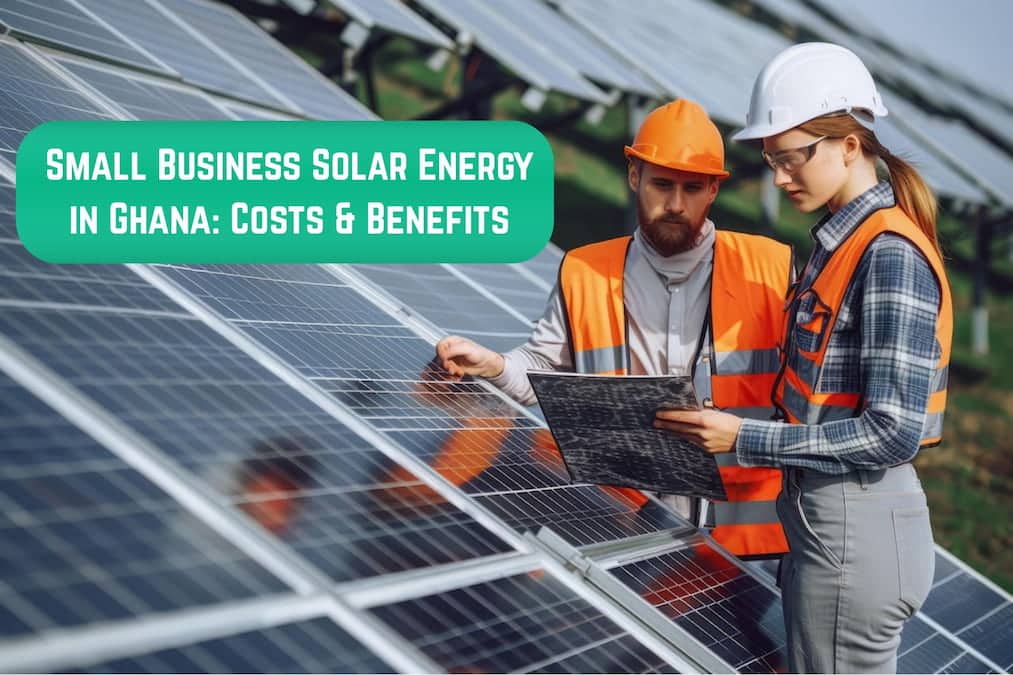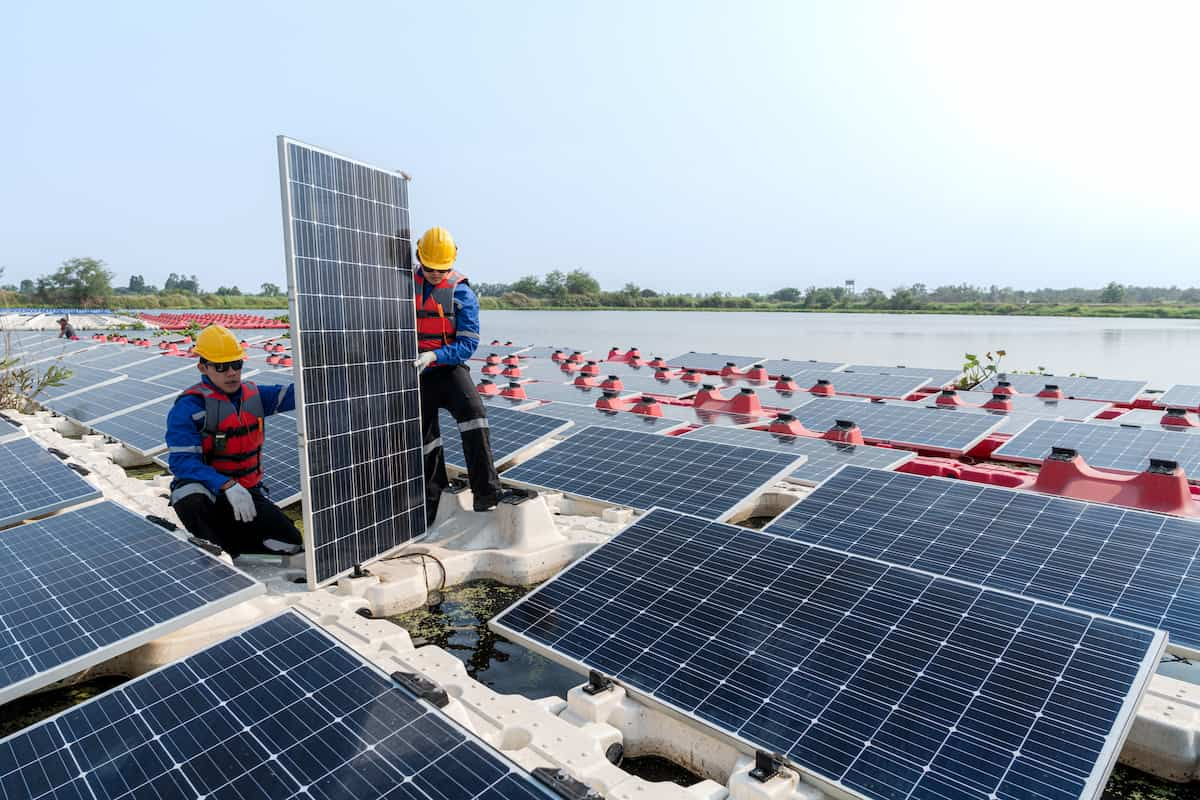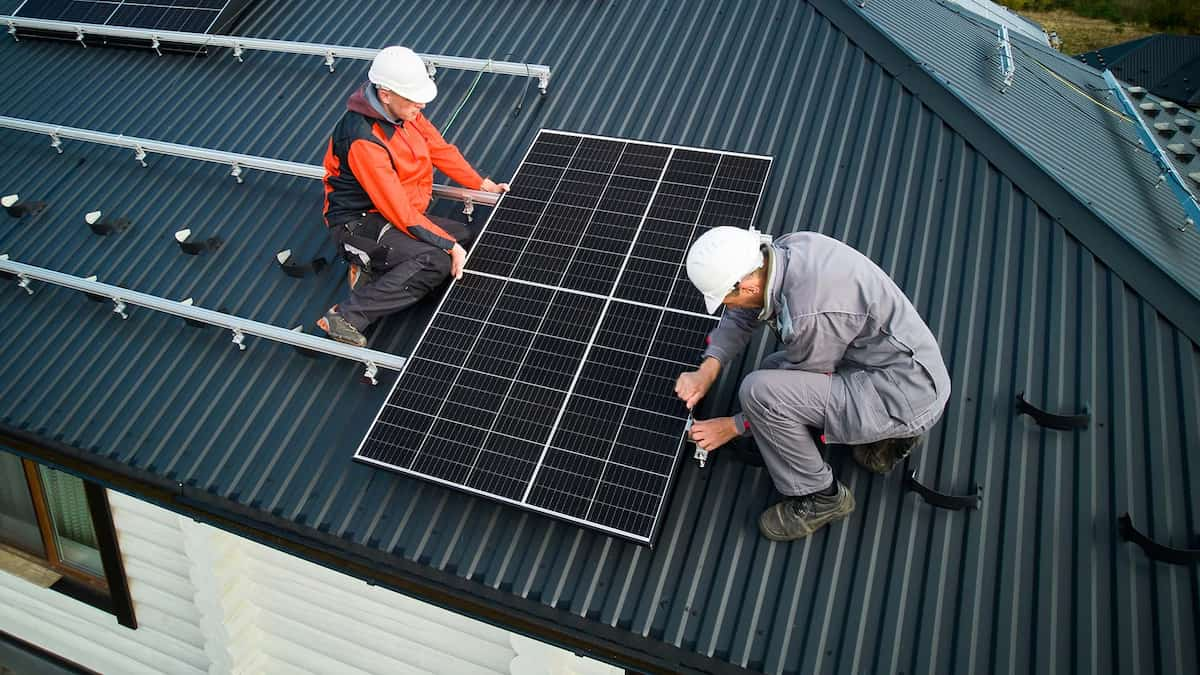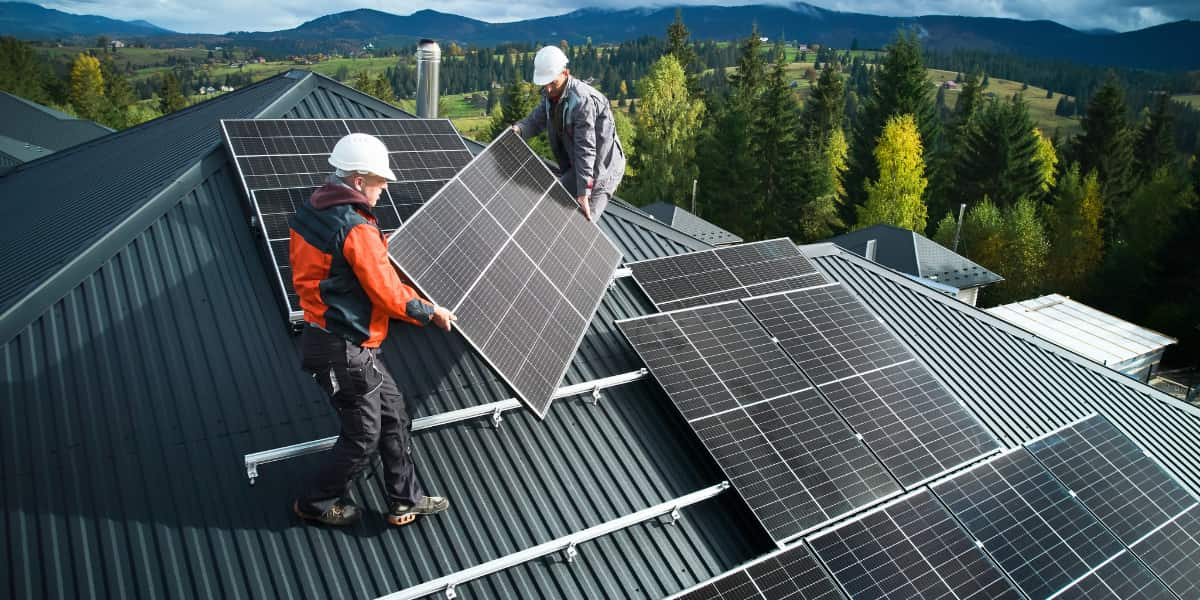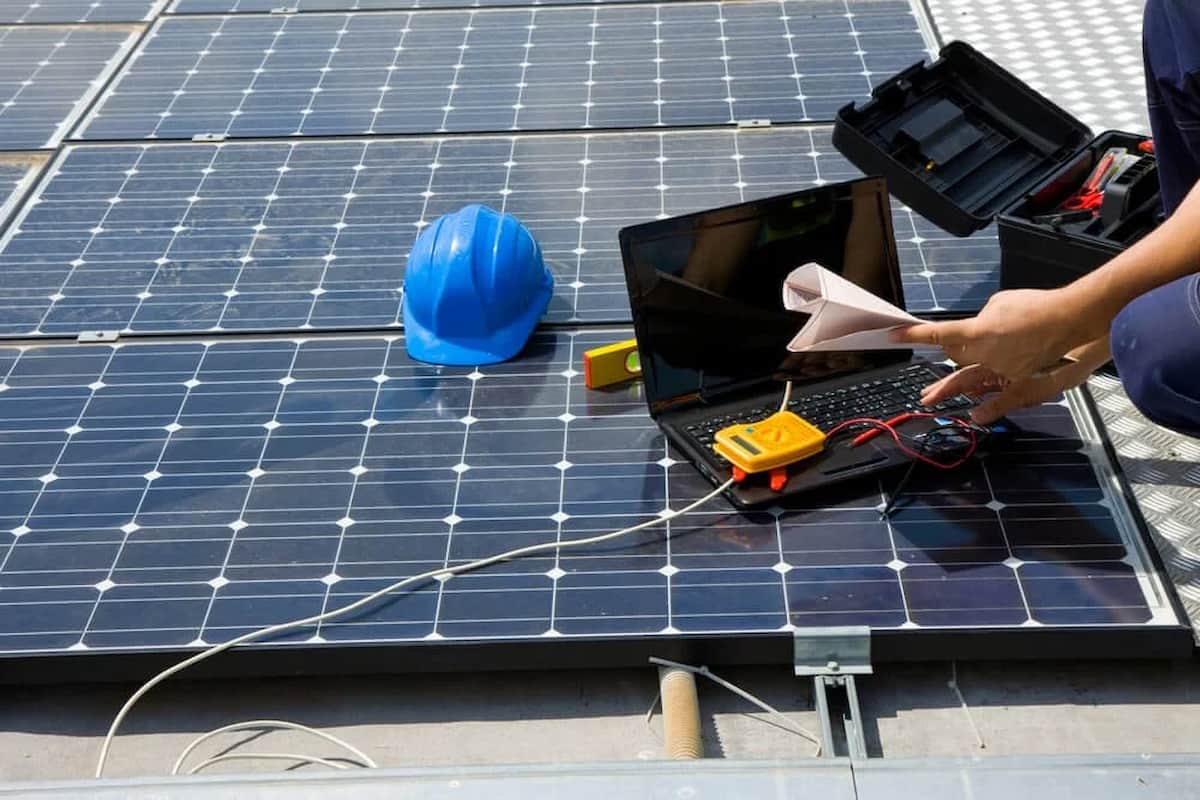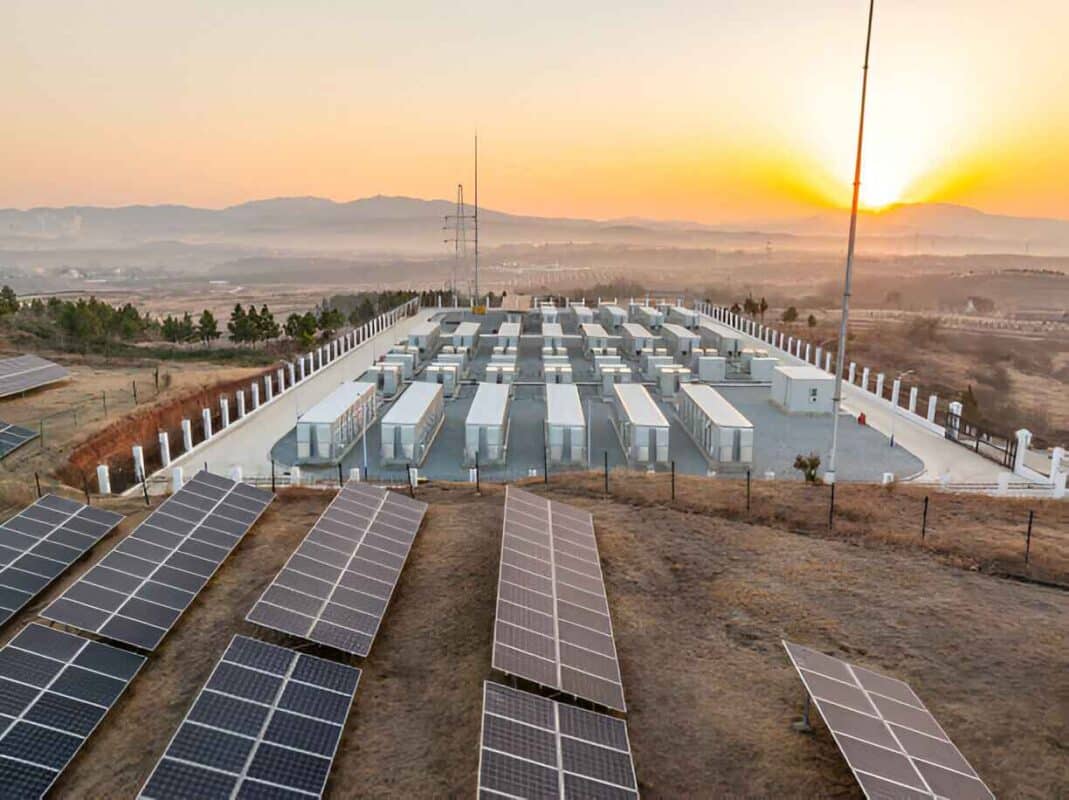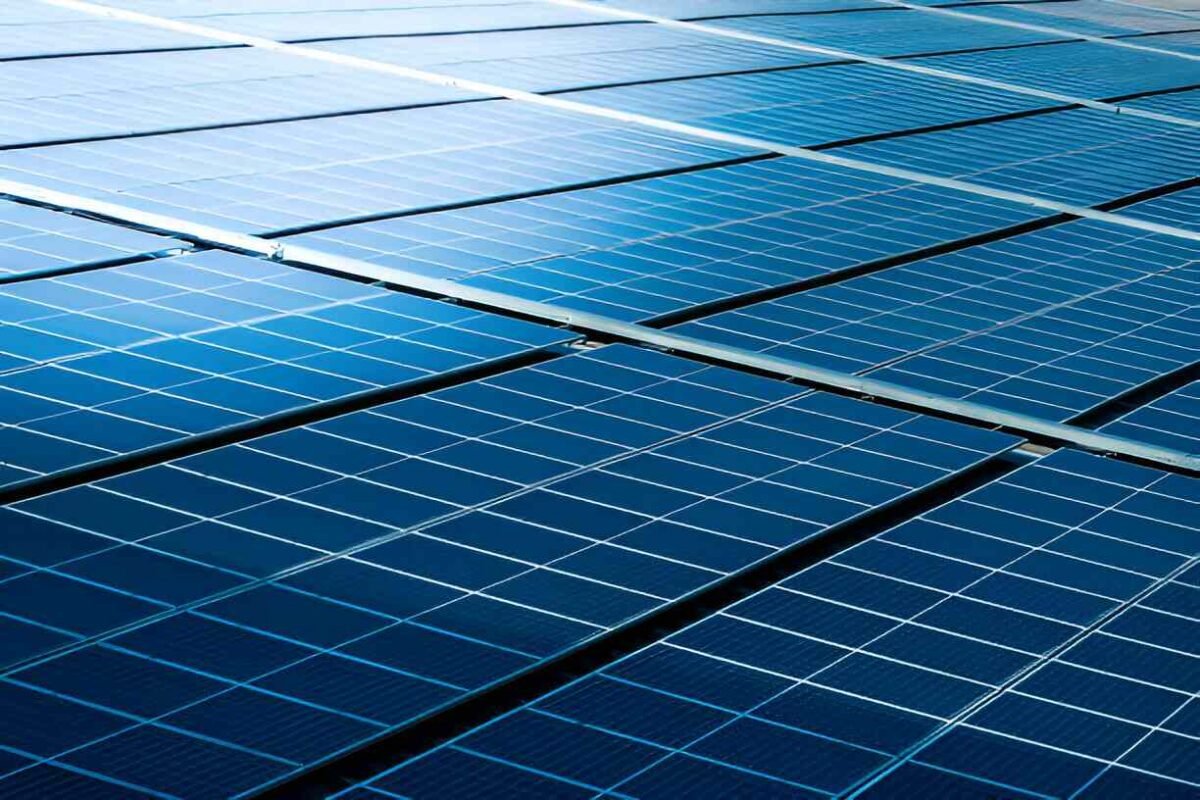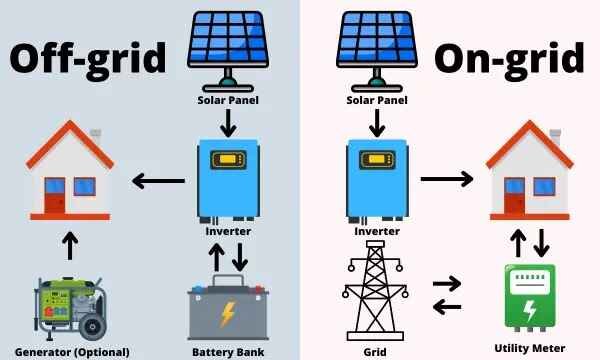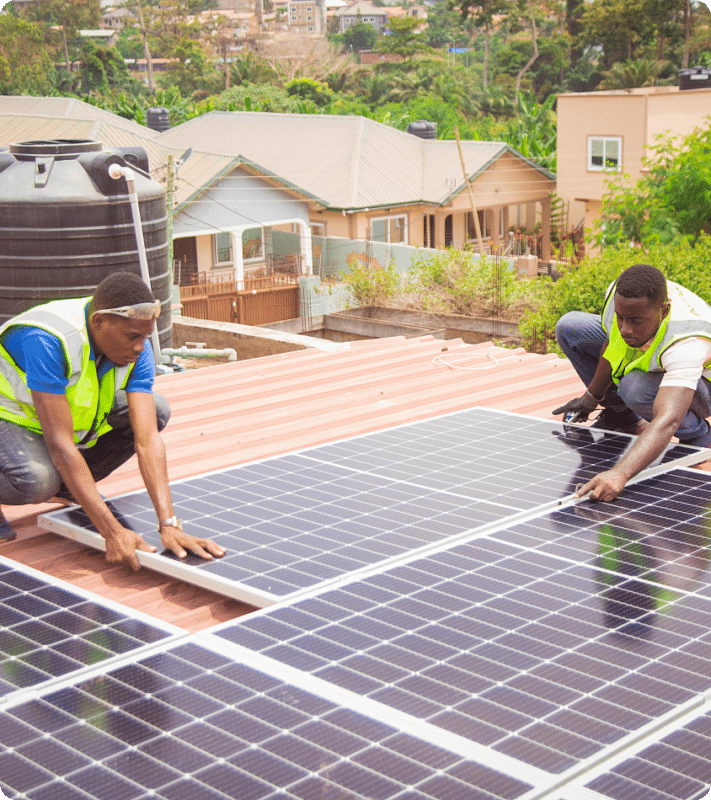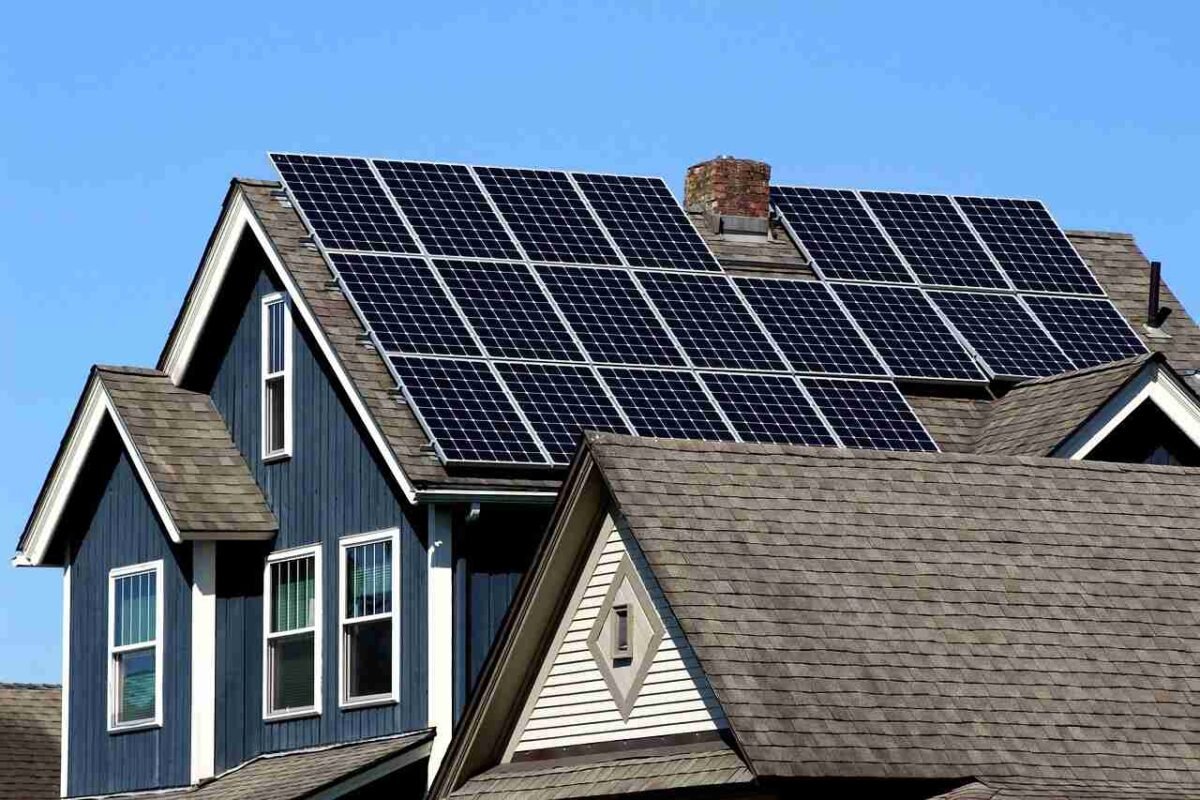Blogs
Solar Inverters Types Explained: Choosing the Best One for You
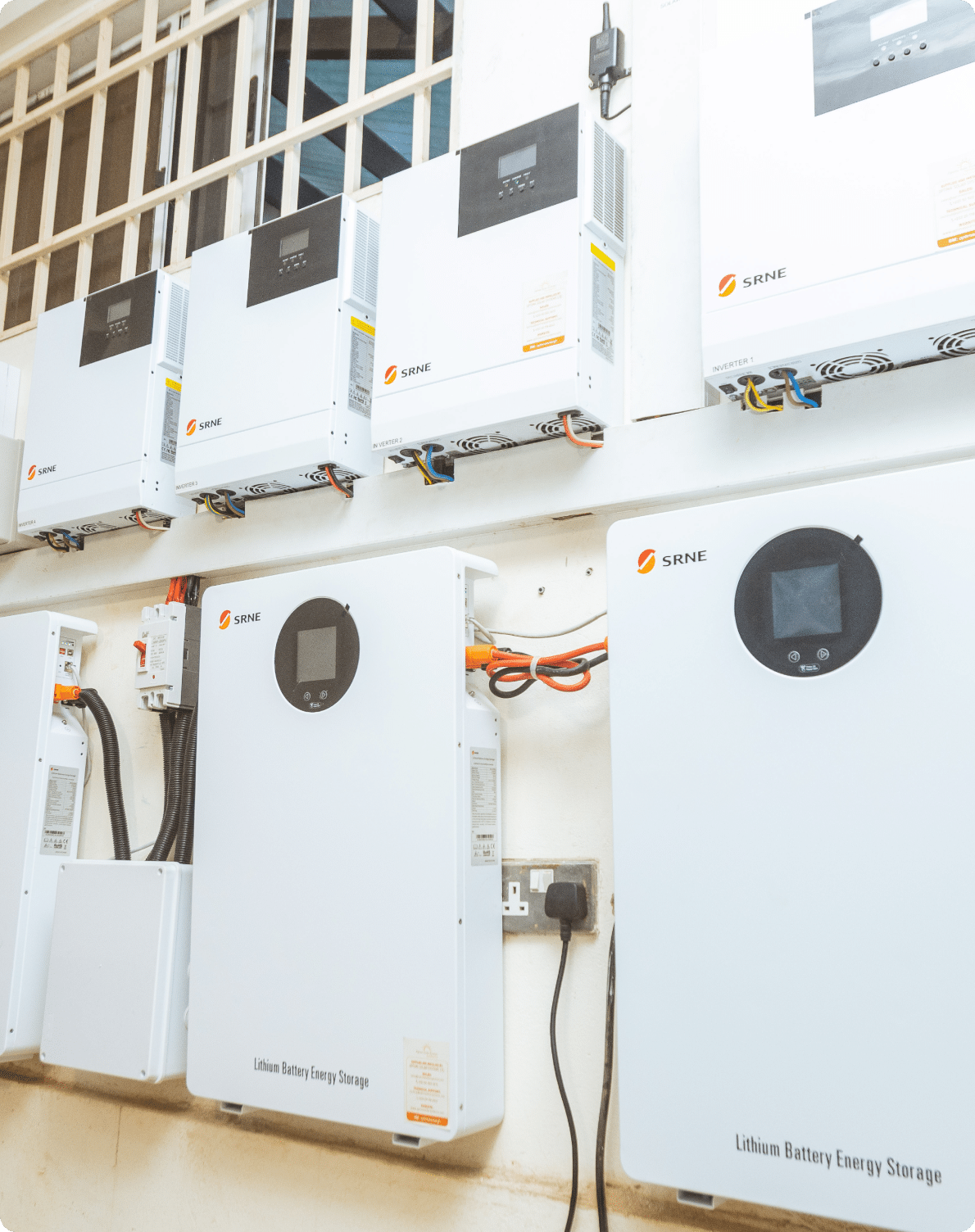
Solar Inverters Types Explained: Learn about different types of solar inverters, their functionalities, and how to choose the best one for your energy needs.
Understanding the right solar inverter for your setup can be challenging. With so many options, it’s easy to feel overwhelmed. This guide will help you navigate through the different types of solar inverters available. Whether you are a homeowner, a business owner, or a solar enthusiast, knowing the basics is essential.
From string inverters to microinverters, each type offers unique benefits and fits specific scenarios. Read on to discover which solar inverter matches your energy needs and ensures efficient power conversion for your solar system.
Introduction To Solar Inverters
Solar inverters are crucial components in solar power systems. They convert direct current (DC) from solar panels into alternating current (AC) for home use. Understanding the types of solar inverters helps in choosing the right one for your needs. This guide will explore the basics and importance of solar inverters.
What Is A Solar Inverter?
A solar inverter is an electronic device. It changes the DC electricity from solar panels into AC electricity. AC electricity powers your home appliances. Without an inverter, the solar power system cannot function properly.
There are three main types of solar inverters:
- String inverters
- Microinverters
- Power optimizers
Each type has its own advantages and use cases. Understanding these helps you make an informed decision.
Importance Of Solar Inverters
Solar inverters play a critical role in the efficiency of a solar power system. They ensure that the energy generated is usable. Here are some key reasons why solar inverters are important:
- Energy Conversion: They convert DC to AC, making it usable for homes.
- System Monitoring: Many inverters offer system monitoring features.
- Safety: Inverters help in disconnecting the system during faults.
- Optimization: Advanced inverters optimize power production from solar panels.
Investing in a good solar inverter enhances the overall performance of your solar power system.
String Inverters
String inverters are a popular choice for solar installations. They are known for their reliability and cost-effectiveness. Here, we will discuss how they work, and their pros and cons.
How String Inverters Work
String inverters connect a series of solar panels, forming a “string”. Each panel in the string generates direct current (DC). This DC electricity flows through the inverter. The inverter converts it into alternating current (AC), which powers your home.
The panels in a string are connected in series. This means the performance of one panel can impact the whole string. Shading on one panel can reduce the output of the entire string.
Pros And Cons Of String Inverters
| Pros | Cons |
|---|---|
|
|
Microinverters
Microinverters are a type of solar inverter that play a crucial role in the efficiency of solar energy systems. They convert the direct current (DC) generated by each solar panel into alternating current (AC), which can be used by your home or fed back into the power grid. Unlike traditional string inverters, microinverters are installed on each solar panel, ensuring that the performance of one panel does not affect the others.
How Microinverters Work
Microinverters are installed directly on each solar panel. They convert the DC power produced by the panel into AC power on the spot. This design allows each panel to operate independently, maximizing the energy output even if one panel is shaded or dirty.
The AC power from each microinverter is then combined and sent to the home’s electrical panel. This process ensures a more efficient and reliable energy production, improving the overall performance of the solar system.
Advantages And Disadvantages
| Advantages | Disadvantages |
|---|---|
|
|
Power Optimizers
Power optimizers are a key component in modern solar energy systems. They work alongside solar inverters to enhance energy production. By addressing issues like shading, debris, or panel mismatches, power optimizers help maximize the efficiency of solar panels.
Functionality Of Power Optimizers
Power optimizers attach to each solar panel in a system. They track the maximum power point (MPPT) of each panel. This helps in optimizing the energy output of each panel individually.
Unlike traditional string inverters, power optimizers ensure that each panel performs at its best. This is especially useful in situations where some panels may be shaded or dirty. The optimizers send the improved energy output to the central inverter.
The central inverter then converts the optimized DC power to AC power. This power is then used in your home or sent to the grid.
Benefits And Drawbacks
Power optimizers offer several advantages. Here are the main benefits:
- Increased Energy Output: Each panel performs at its peak, increasing overall efficiency.
- Shade Tolerance: Panels affected by shade or dirt won’t drag down the performance of the entire string.
- Enhanced Monitoring: Power optimizers allow for detailed monitoring of each panel’s performance.
Despite the many benefits, there are also some drawbacks:
- Higher Initial Cost: Adding power optimizers increases the initial setup cost of the solar system.
- Complexity: The system can become more complex, requiring more maintenance and troubleshooting.
In summary, power optimizers can significantly boost the efficiency of a solar energy system. They are particularly useful in installations with shading issues or varying panel orientations. However, they come with higher costs and complexity.
Hybrid Inverters
Hybrid inverters are a versatile and efficient solution in solar power systems. They combine the functionalities of grid-tied and off-grid inverters. This makes them an ideal choice for many homeowners and businesses. Understanding how they operate and their benefits can help you choose the right inverter for your needs.
How Hybrid Inverters Operate
Hybrid inverters work by converting DC power from solar panels into AC power. This AC power can be used directly or stored in batteries. Hybrid inverters manage the power from solar panels, batteries, and the grid. They ensure a seamless power supply, even during outages.
They have built-in battery management. This feature optimizes the charging and discharging of batteries. The inverter decides whether to use solar power, stored power, or grid power based on availability and demand. This smart management makes hybrid inverters energy-efficient and cost-effective.
Key Benefits And Limitations
| Benefits | Limitations |
|---|---|
|
|
Hybrid inverters offer a balanced solution for those seeking reliability and efficiency. They provide energy independence and cost savings. Despite the higher initial cost and maintenance needs, their benefits often outweigh the limitations.
Off-grid Inverters
Off-grid inverters are essential for those who live in remote areas. They provide power independently of the main grid. These inverters are perfect for homes, cabins, and other places without grid access. They are also ideal for areas with frequent power outages.
Working Principle Of Off-grid Inverters
Off-grid inverters convert DC power from solar panels or batteries to AC power. This AC power can then be used to run household appliances. The inverter ensures a consistent power supply, even during cloudy days. It stores excess energy in batteries for later use. Here is a simple breakdown:
- Solar panels generate DC power.
- DC power is stored in batteries.
- The inverter converts DC to AC power.
- AC power runs household devices.
Pros And Cons
| Pros | Cons |
|---|---|
| Independence from the grid | Higher initial cost |
| No electricity bills | Requires battery maintenance |
| Reliable in remote areas | Limited power supply |
| Environmentally friendly | Dependent on weather conditions |
Off-grid inverters offer many benefits. They provide reliable power in remote locations. They help reduce reliance on traditional power sources. There are some drawbacks, such as higher initial costs and maintenance needs. However, for many, the benefits outweigh the drawbacks.
Choosing The Right Inverter
Selecting the right solar inverter is crucial for maximizing your solar power system. The inverter converts the DC power generated by solar panels into usable AC power. There are different types of inverters with varied features. Understanding these can help you make an informed decision.
Factors To Consider
Several factors influence the choice of a solar inverter:
- System Size: Ensure the inverter can handle the total output of your solar panels.
- Efficiency: Look for inverters with high efficiency to maximize energy conversion.
- Cost: Balance upfront costs with long-term savings and efficiency.
- Durability: Choose inverters with a good warranty and strong build quality.
- Installation: Some inverters are easier to install and require less maintenance.
Comparing Different Types
There are three main types of solar inverters:
| Type | Features | Best For |
|---|---|---|
| String Inverters |
|
|
| Microinverters |
|
|
| Power Optimizers |
|
|
Each type has its pros and cons. String inverters are cost-effective but not ideal for shaded areas. Microinverters offer high efficiency but at a higher cost. Power optimizers balance cost and performance, making them a good middle-ground choice.
Future Trends In Solar Inverters
The solar industry is constantly evolving. Solar inverters are no exception. They play a crucial role in converting solar energy into usable electricity. Staying updated on future trends helps make informed decisions. Let’s explore some of these trends.
Innovations In Inverter Technology
Recent innovations have made solar inverters more efficient and reliable. Advanced features like smart inverters and hybrid inverters are gaining popularity. These inverters offer better performance and monitoring capabilities.
Another innovation is the microinverter. Unlike traditional inverters, microinverters work with individual solar panels. This allows for better energy production and system monitoring.
Here’s a comparison of traditional inverters and microinverters:
| Feature | Traditional Inverters | Microinverters |
|---|---|---|
| Efficiency | Lower | Higher |
| Monitoring | System Level | Panel Level |
| Cost | Lower | Higher |
Impact On Solar Energy Adoption
These innovations make solar energy more accessible and efficient. Smart inverters can communicate with the grid. This helps in balancing energy supply and demand.
Hybrid inverters allow for easy integration with battery storage. This ensures energy availability even during grid outages.
These advancements lead to higher adoption rates of solar energy. They make solar systems more reliable and user-friendly.
In summary, staying informed about future trends in solar inverters is essential. It helps in choosing the right technology for your needs.
Frequently Asked Questions
What Is A Solar Inverter?
A solar inverter converts the direct current (DC) generated by solar panels into alternating current (AC). This AC power can be used by home appliances or fed into the grid.
How Do String Inverters Work?
String inverters connect multiple solar panels in a series, forming a “string”. They convert the combined DC power from these panels into AC power.
What Are Microinverters?
Microinverters are small inverters installed on each solar panel. They convert DC to AC at the panel level, optimizing power output and efficiency.
What Is A Hybrid Inverter?
A hybrid inverter can manage power from solar panels, batteries, and the grid. It provides flexibility and ensures continuous power supply.
Conclusion
Choosing the right solar inverter is vital for your energy needs. Understand the types available. Match them with your specific requirements. Consider factors like efficiency and cost. Think about installation and maintenance too. Research different brands and models. Consult experts if needed.
Make an informed decision. Enjoy the benefits of clean energy. Save money and protect the environment. Your choice impacts your home’s energy future.







